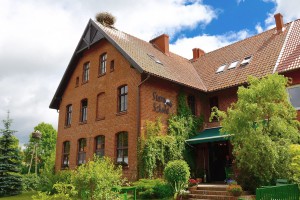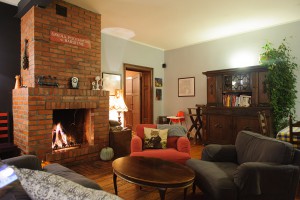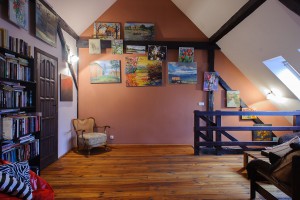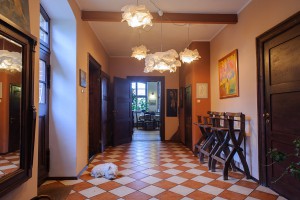A House with history
The history of the school in Harsz reaches back to the times of King Stanisław Leszczyński, who was the founder of the wooden building. The present form of the brick building was erected at the turn of the 20th century, the time when schools and churches were founded for the 100th anniversary of the Prussian kingdom. The exact date, though, remains unknown, as all the written documentation got burnt during World War I. The building was partly destroyed during the war and then renovated, which can be observed in pre-war photos showing windows opening outwards.
After the World War II, classes continued to be conducted in the school grounds. School closed down in 2000 and 4 years later new life was breathed into it. Since its very beginnings, the school has been a place with both history and soul. Among other guests, we have hosted some German visitors who attended the school before the war, or the daughter of the polish first school’s head teacher.
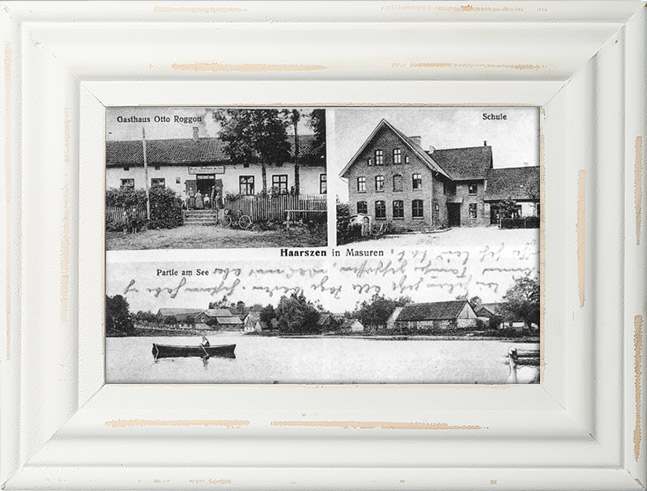
Today Stara Szkoła hosts our guests.
Stara Szkoła, in its present form, has been shaped gradually. The beginnings of the tourism adaptation process were a constant struggle with the interior not having been redecorated for years, which only looked attractive on the outside. The major refurbishment has also enabled us to dig into the previously hidden history of the building. In one part of a door frame we found a shipping list from 1917. The years of redecoration conducted by ourselves, collecting art deco, vintage furniture and gadgets from the 30s and 40s have turned the old school of Harsz into Stara Szkoła in its present form – one of the most beautiful places in the Masurian Lake District.
Stara Szkoła with its 500 square meters includes two living rooms open to our guests (one, with a fire place, on the ground floor and the other on the top floor, both with comfortable sofas, cushions, blankets and books to read) and 9 cozy, en-suite bedrooms, each decorated in a different style. Pets are also welcome in our house, with no additional fees.
On the roof of the building there are two stork nests, colonized year after year by stork families.
